Visiting Accra with a Stanford University professor who is an African expert with lots of connections definitely has its advantages. The Ghana National Dance Company didn’t have any performances while we were there, but were willing to put on a private show for us in the studio of the National Theatre.
Ghanaian dance is a joyous mixture of movement and singing, accompanied by pounding drums. It involves a lot of crouching postures and swivelling feet, which is much harder than it looks, and my attempt looked more like the funky chicken than anything truly Ghanaian.
However, it was heartening to see that being ‘traditionally built’ is no barrier to joining the national dance company here in Accra. They are definitely role models for diversity and body positivity. And they dance barefoot, so no crippling pointe work either.
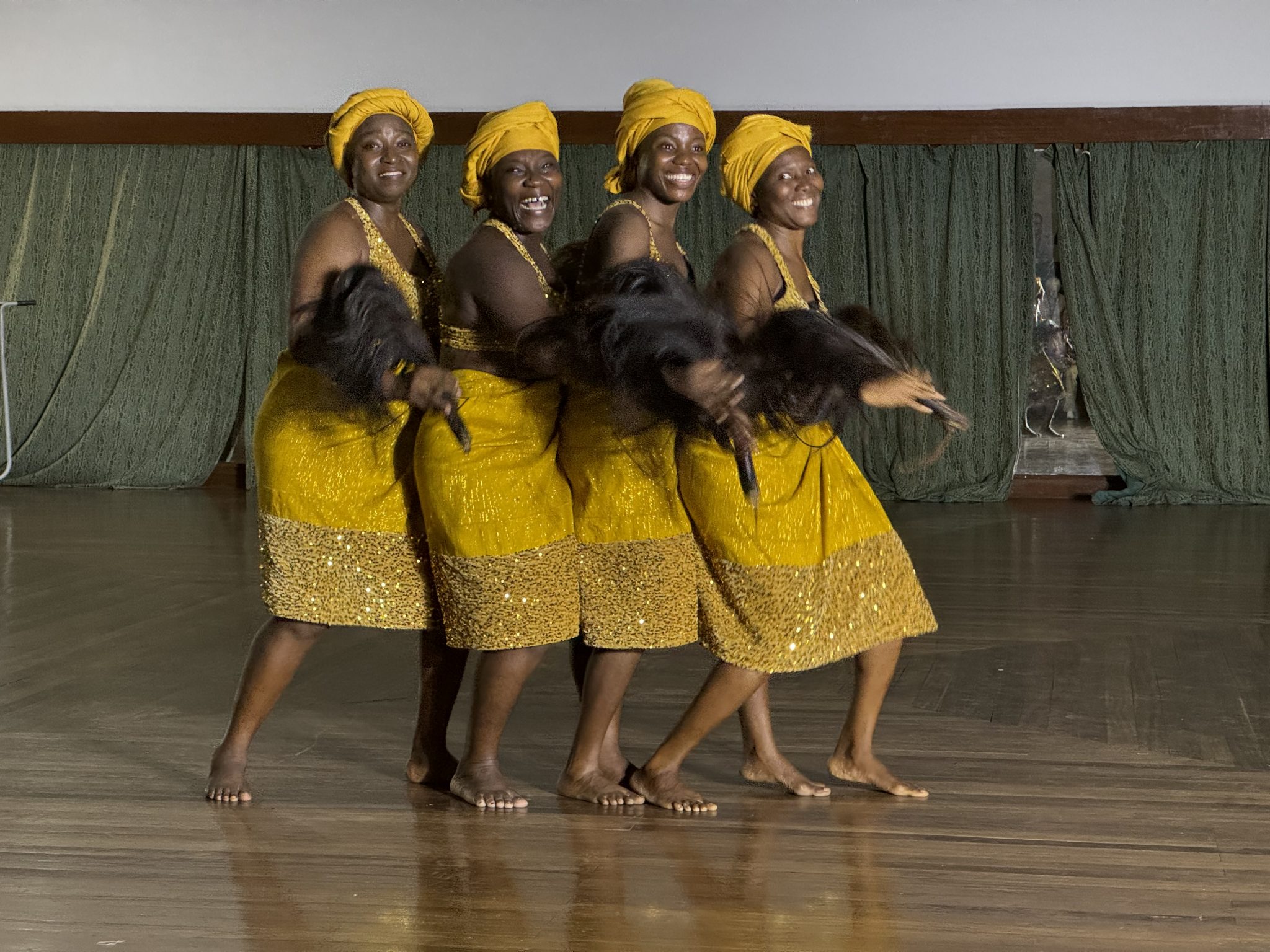
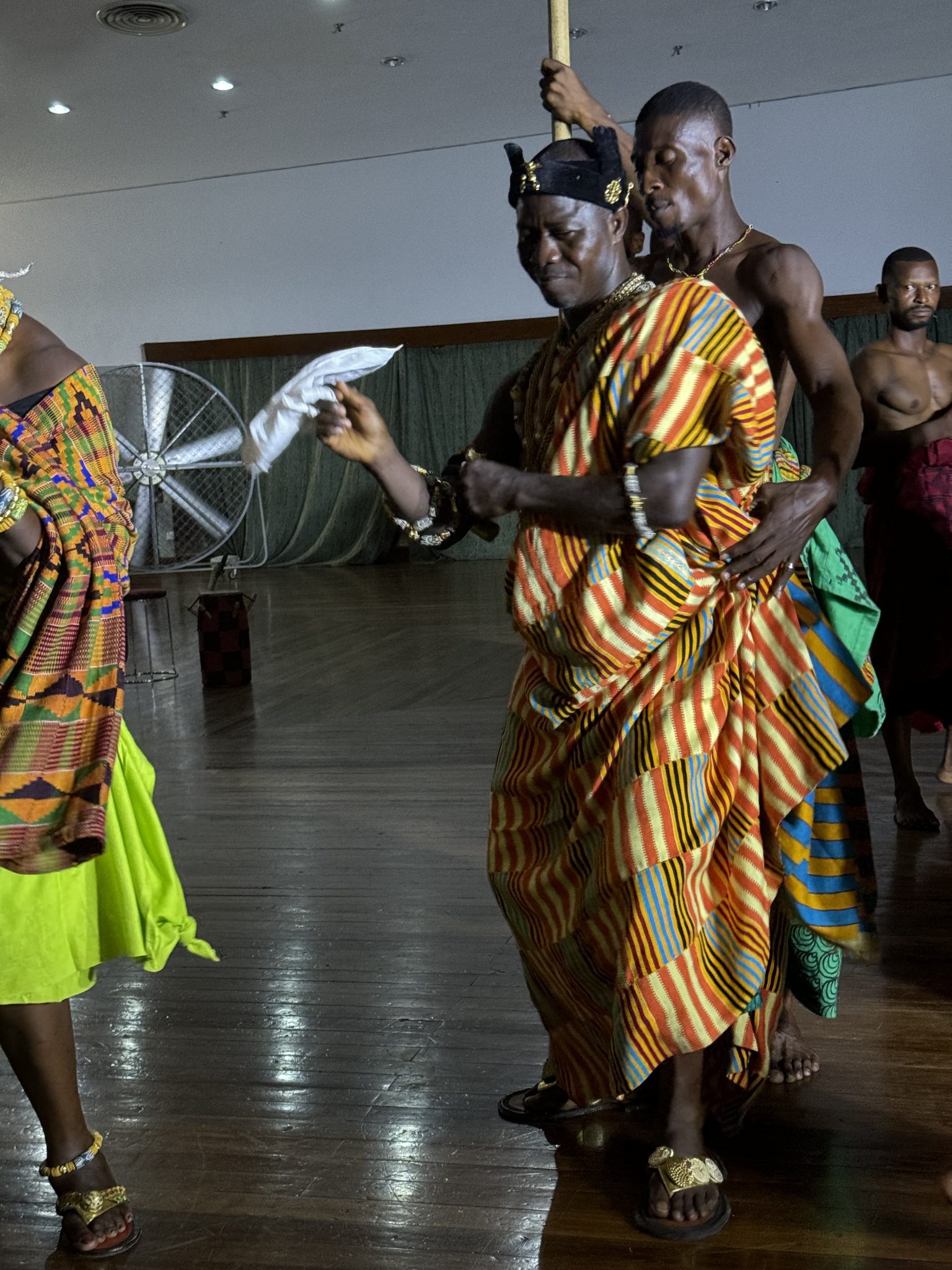
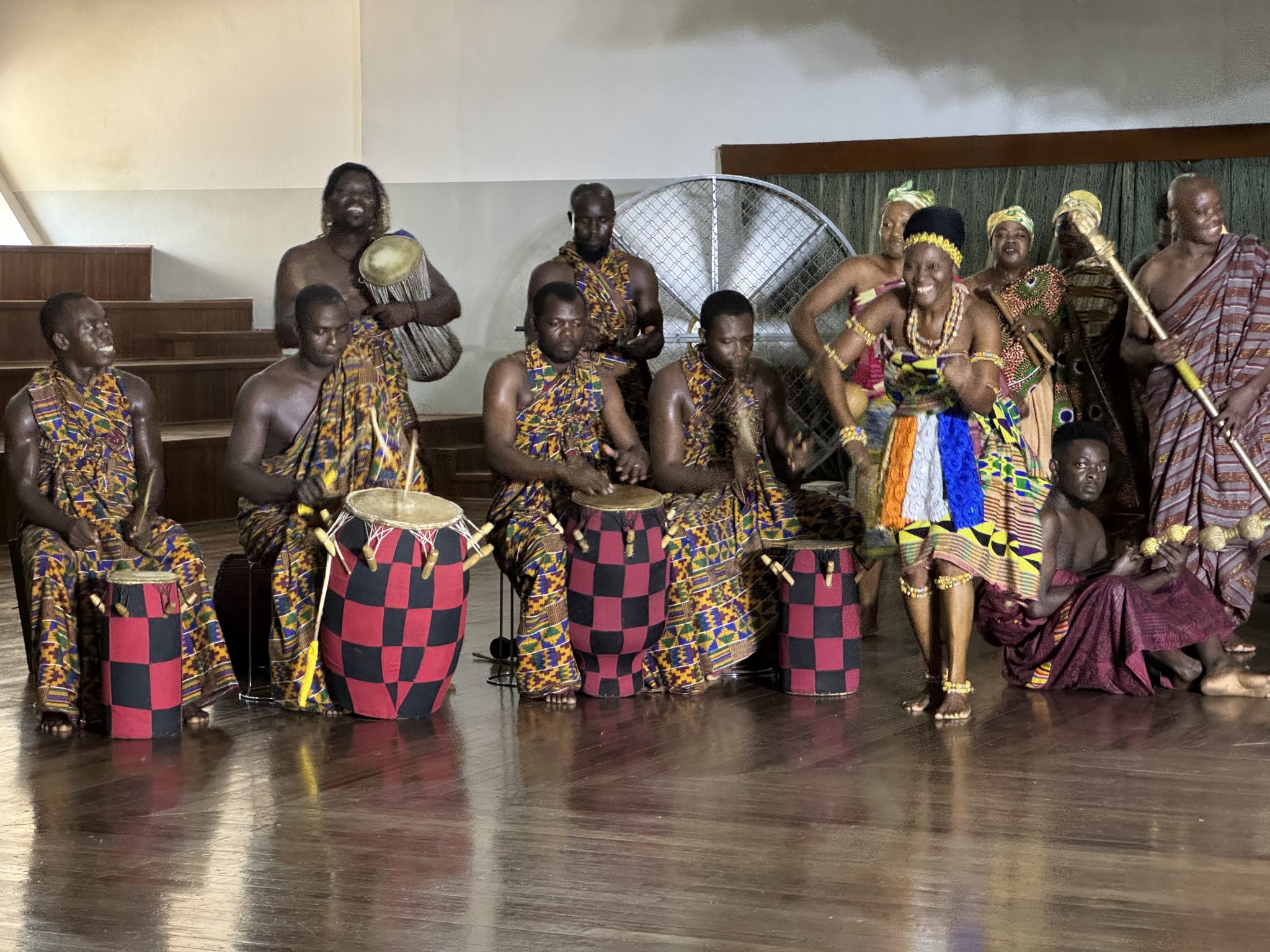
Naturally, they were desperate for me to join the company permanently, but I had to turn them down as we were heading off to visit a cocoa farm, which has been high on my bucket list for a while.
Ghana is the second largest producer of cocoa beans in the world – the largest being Cote d’Ivoire next door – and they owe their success to the ingenuity of one man. In the 19th Century cocoa was jealously guarded by the countries in Africa lucky enough to have acquired some trees from South America, as it was such a valuable crop. Tetteh Quarshie was a blacksmith and keen amateur farmer, and he smuggled a few cocoa beans back from Equatorial Guinea in the bottom of his toolbox. He planted them in 1876 and founded the plantation that we visited, where some of his original trees are still standing.
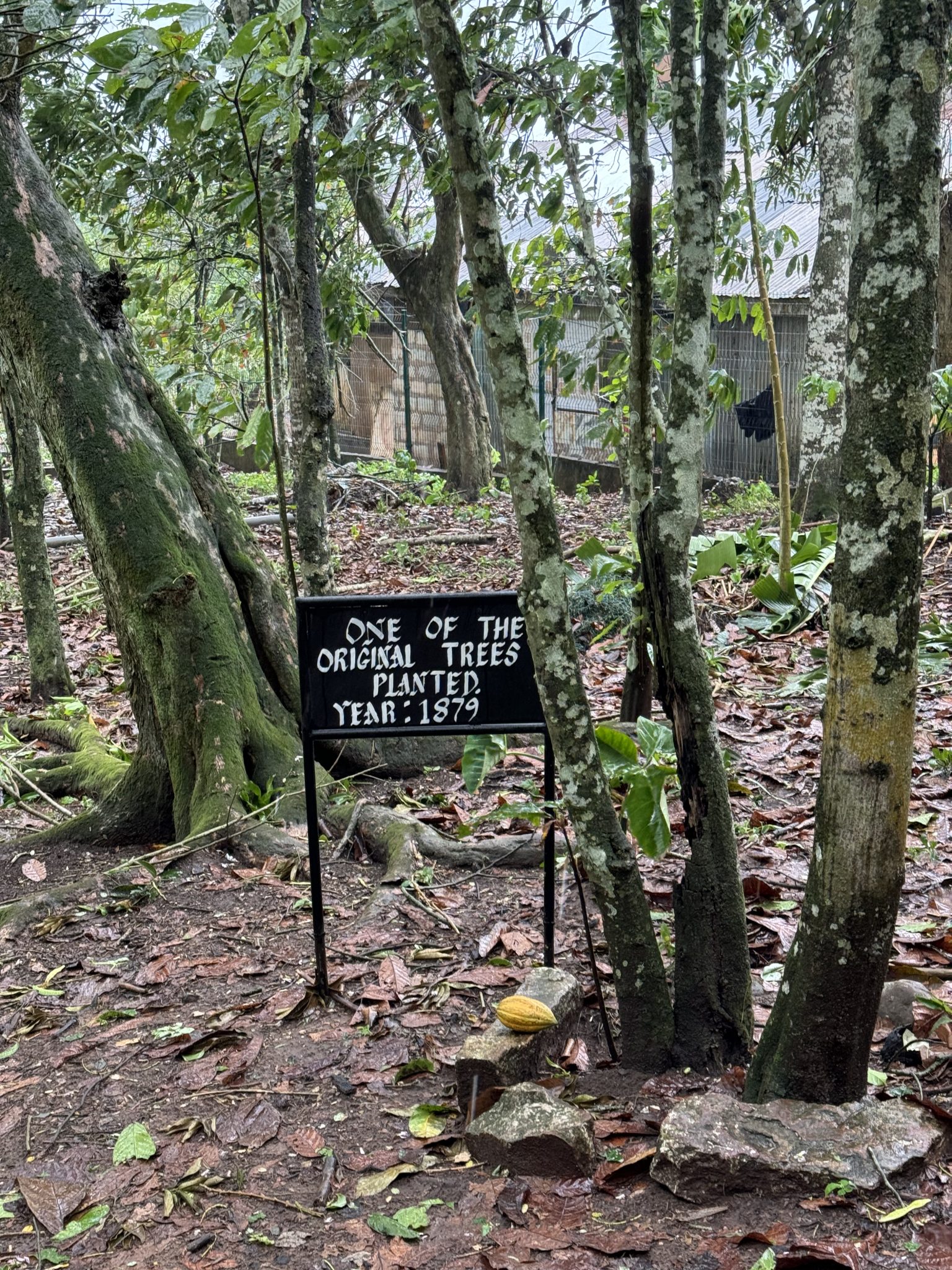
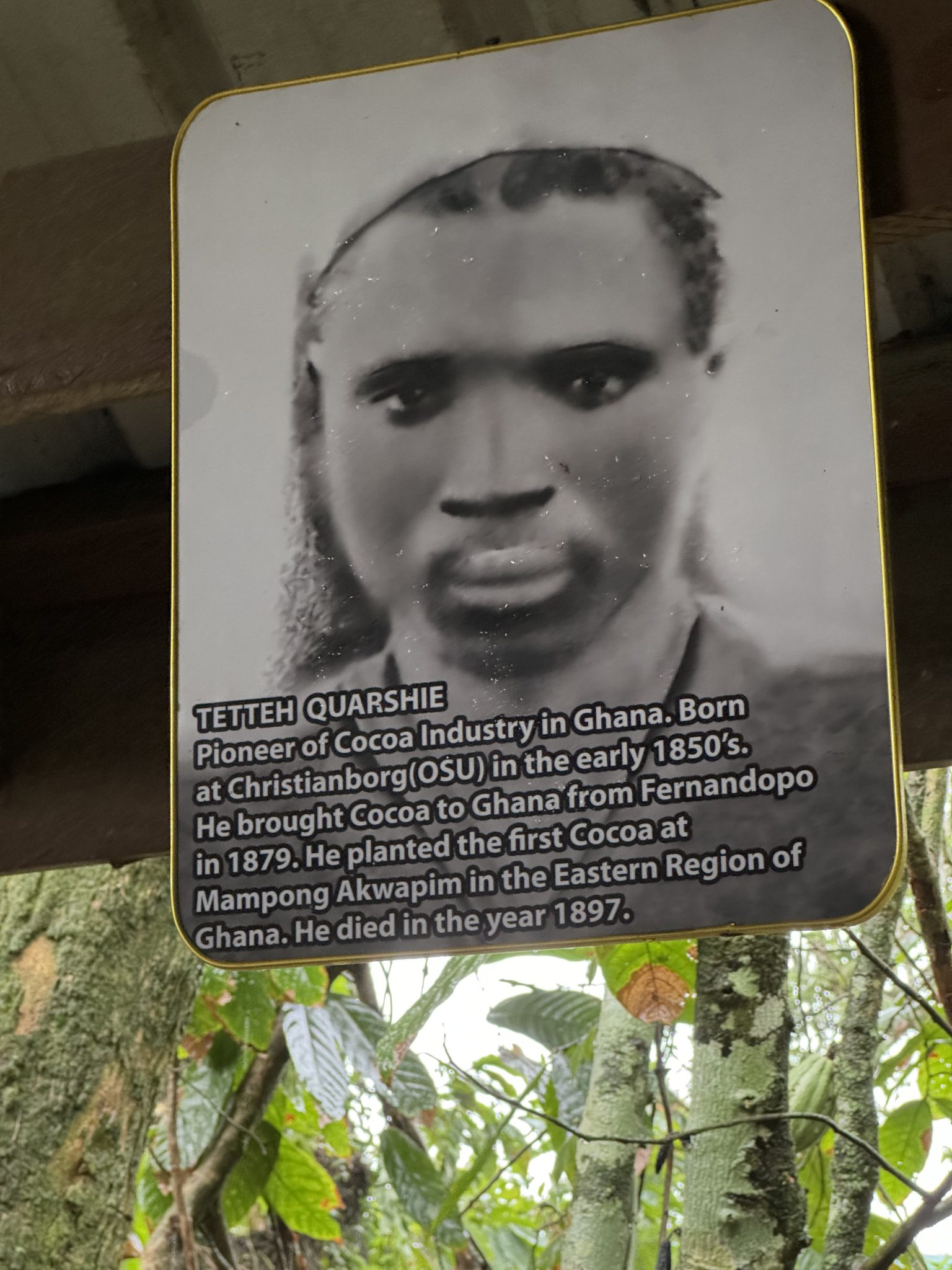
When the pods are ripe they’re yellow, and when you cut into them it looks rather like a custard apple – big seeds surrounded by sweet white pulp. The beans are fermented under banana leaves for a week, weighted down with the empty cocoa shells, and then dried in the sun for three weeks. The unfermented white seeds are pretty tasteless, but once they’ve been dried they take on a definite cocoa bitterness. Nothing is wasted and the hairy bit in the centre of the pod, called the placenta, is fed to animals.
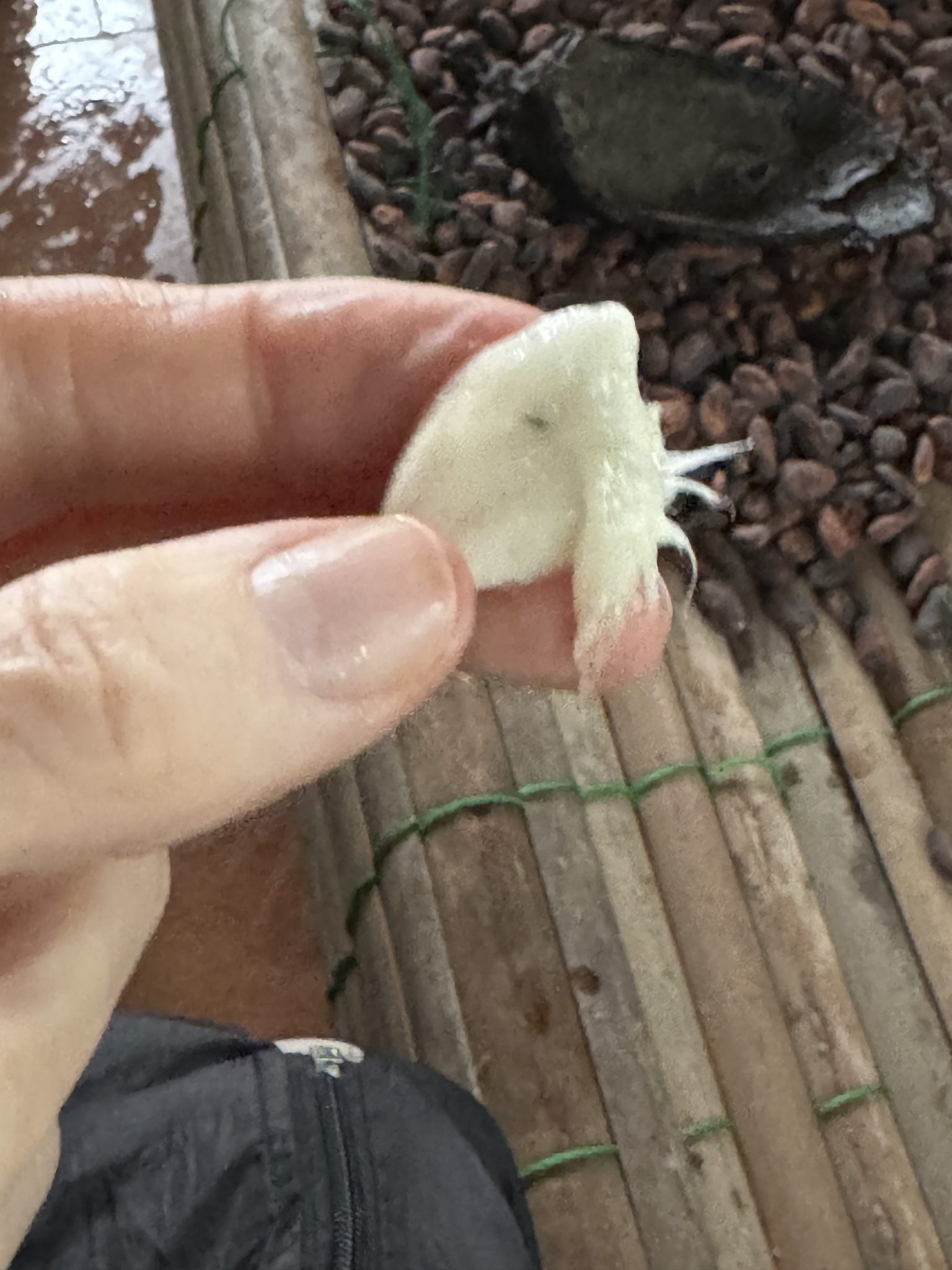
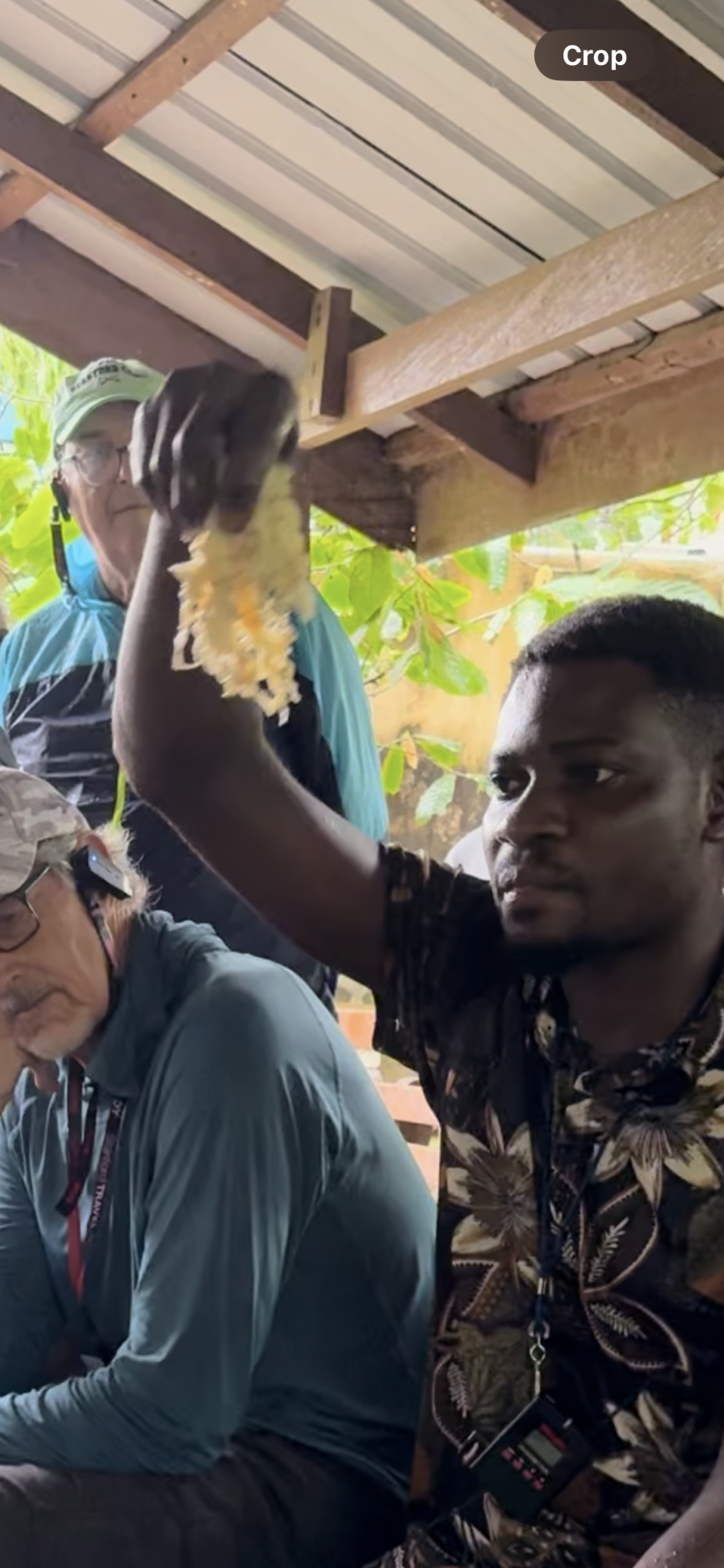
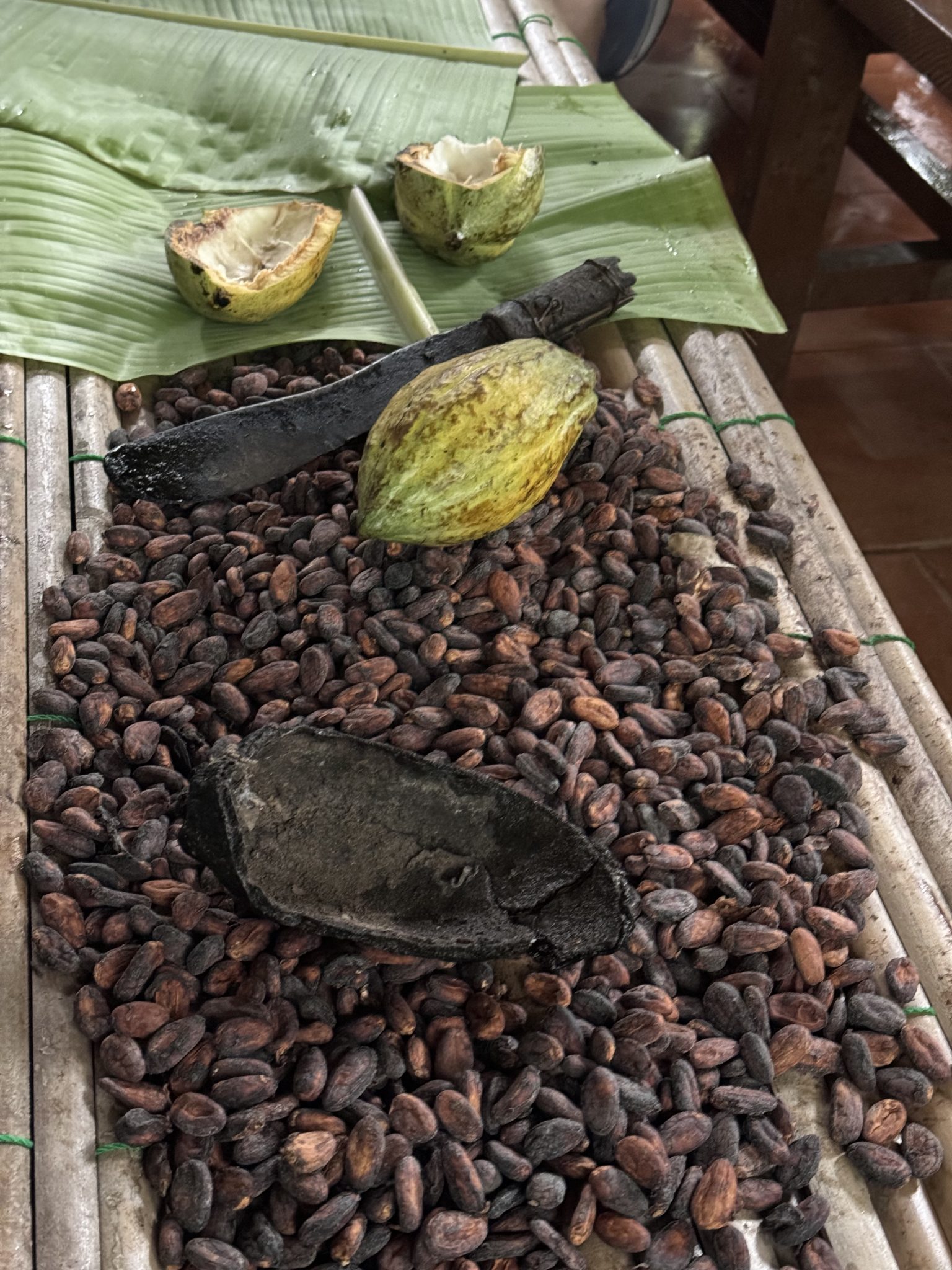
The chocolate we tasted was very crumbly and not at all creamy – very different to our European chocolate.
And when we got to our hotel I was very surprised to see this in our room …
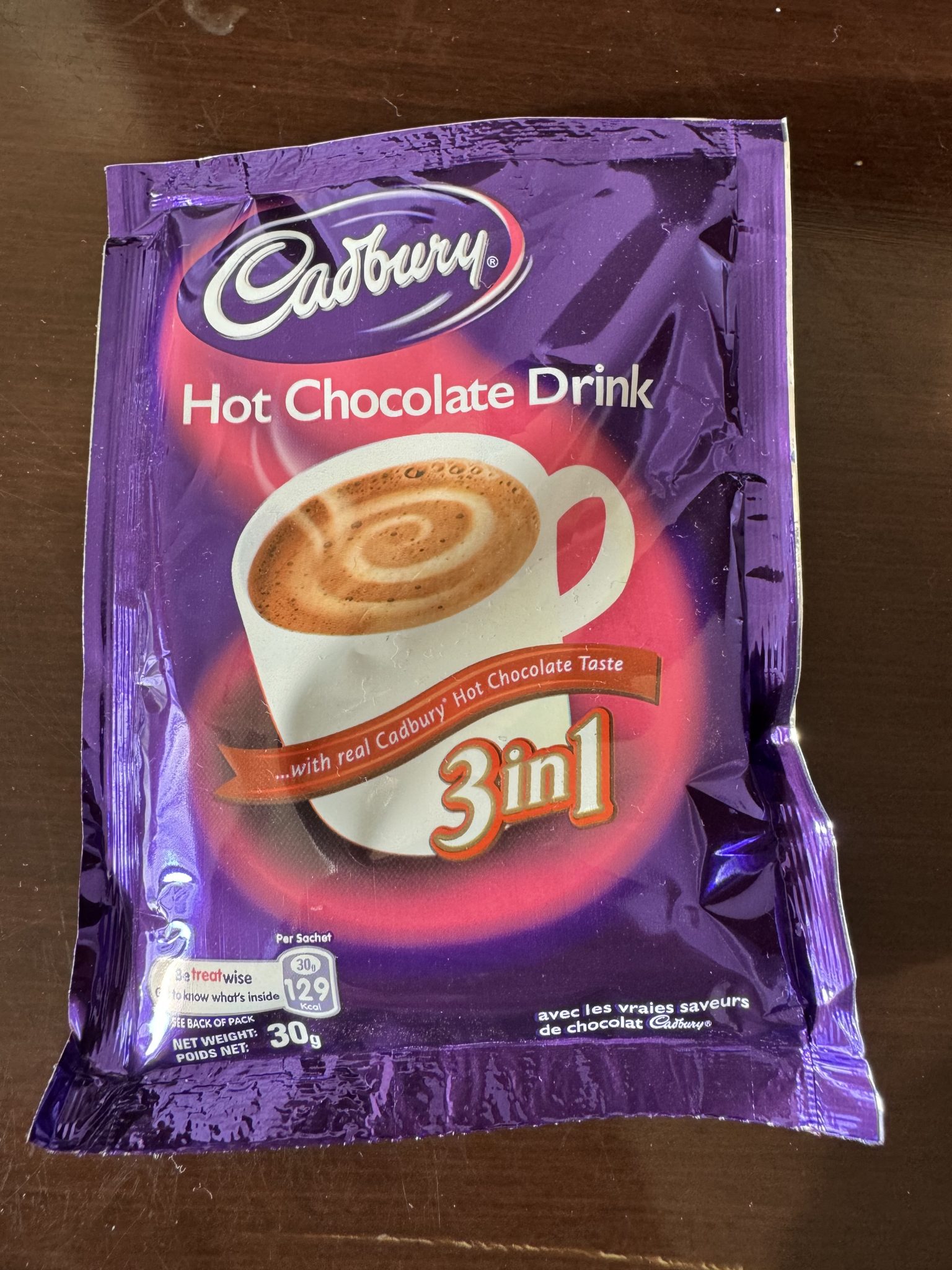
It’s either a testament to the global reach of multinational companies, or a superlative example of taking coals to Newcastle … and I’m still not sure which.
